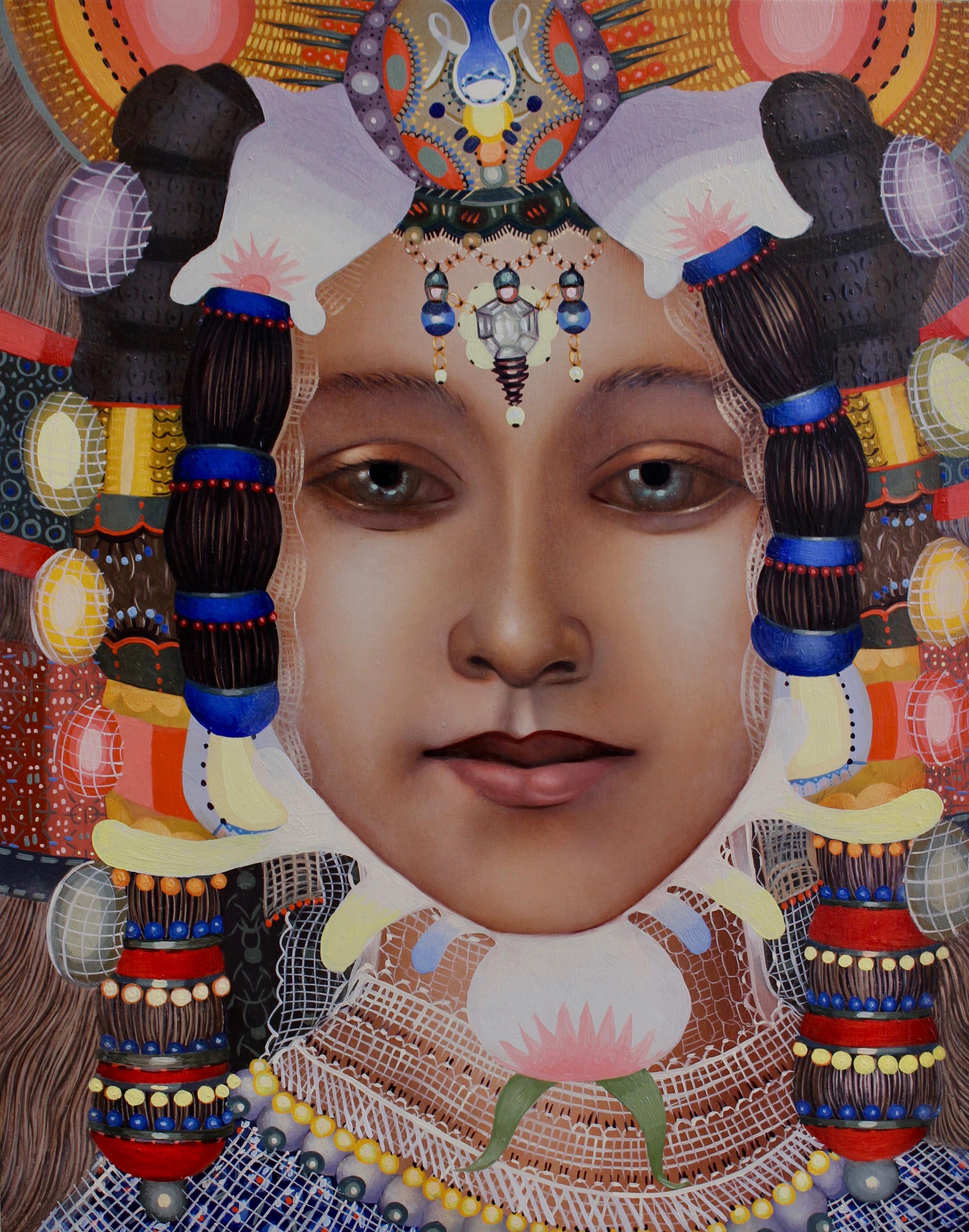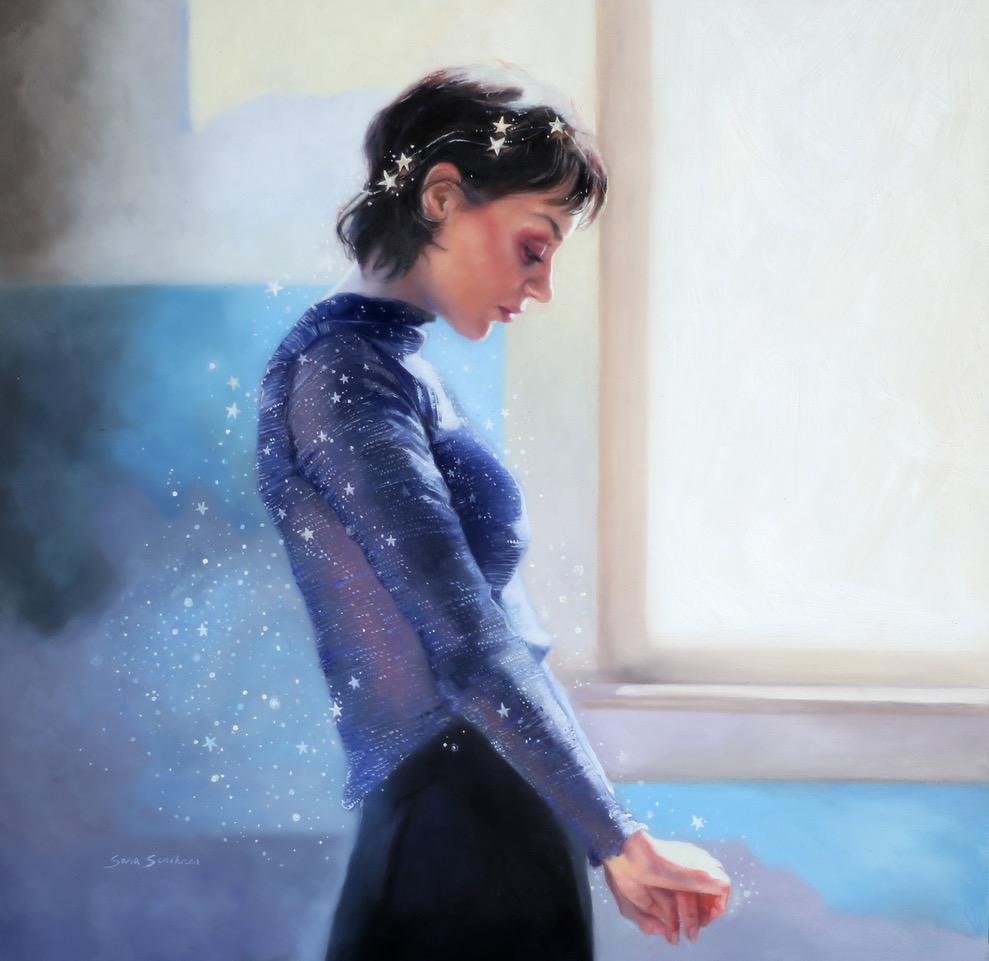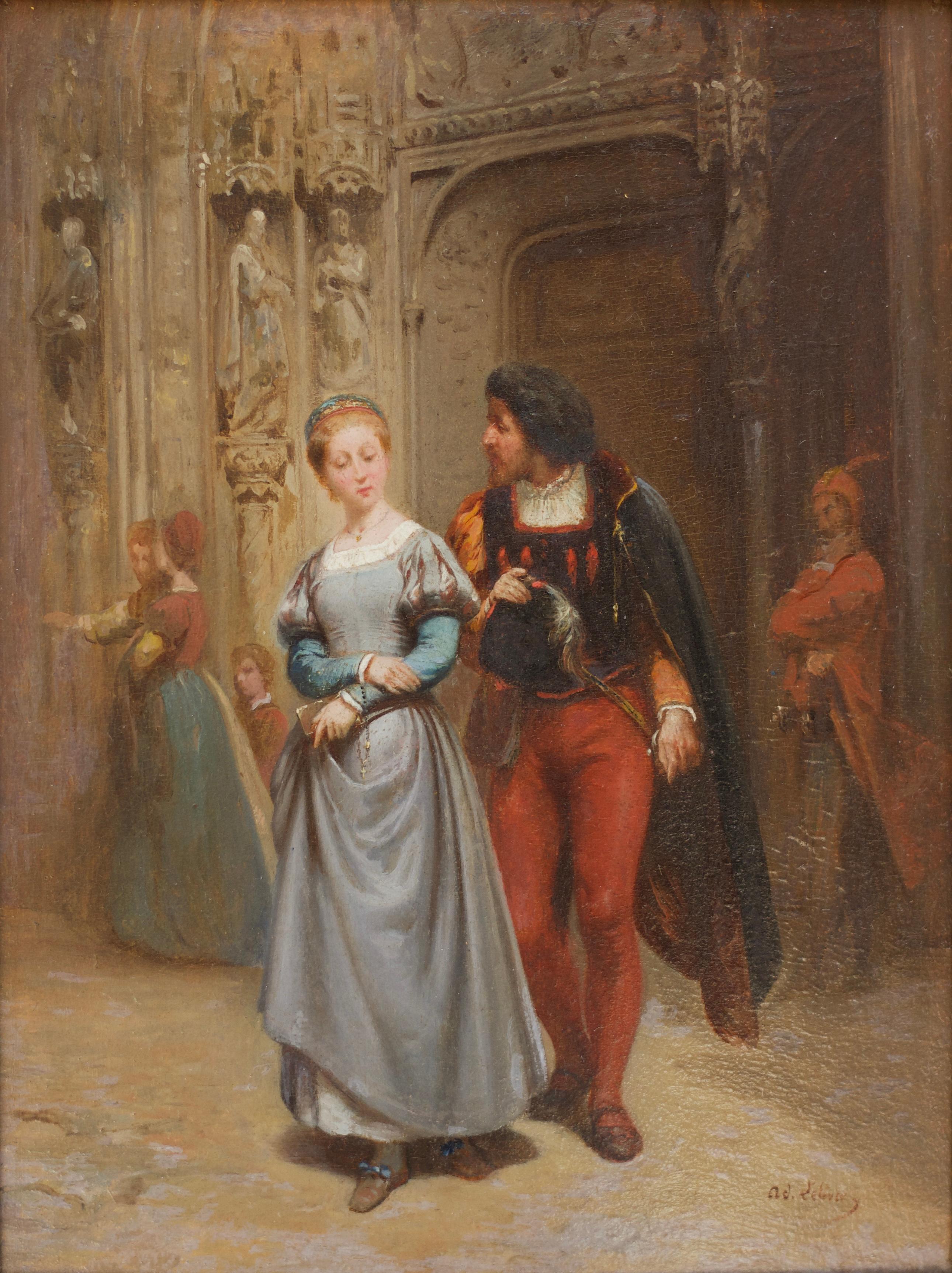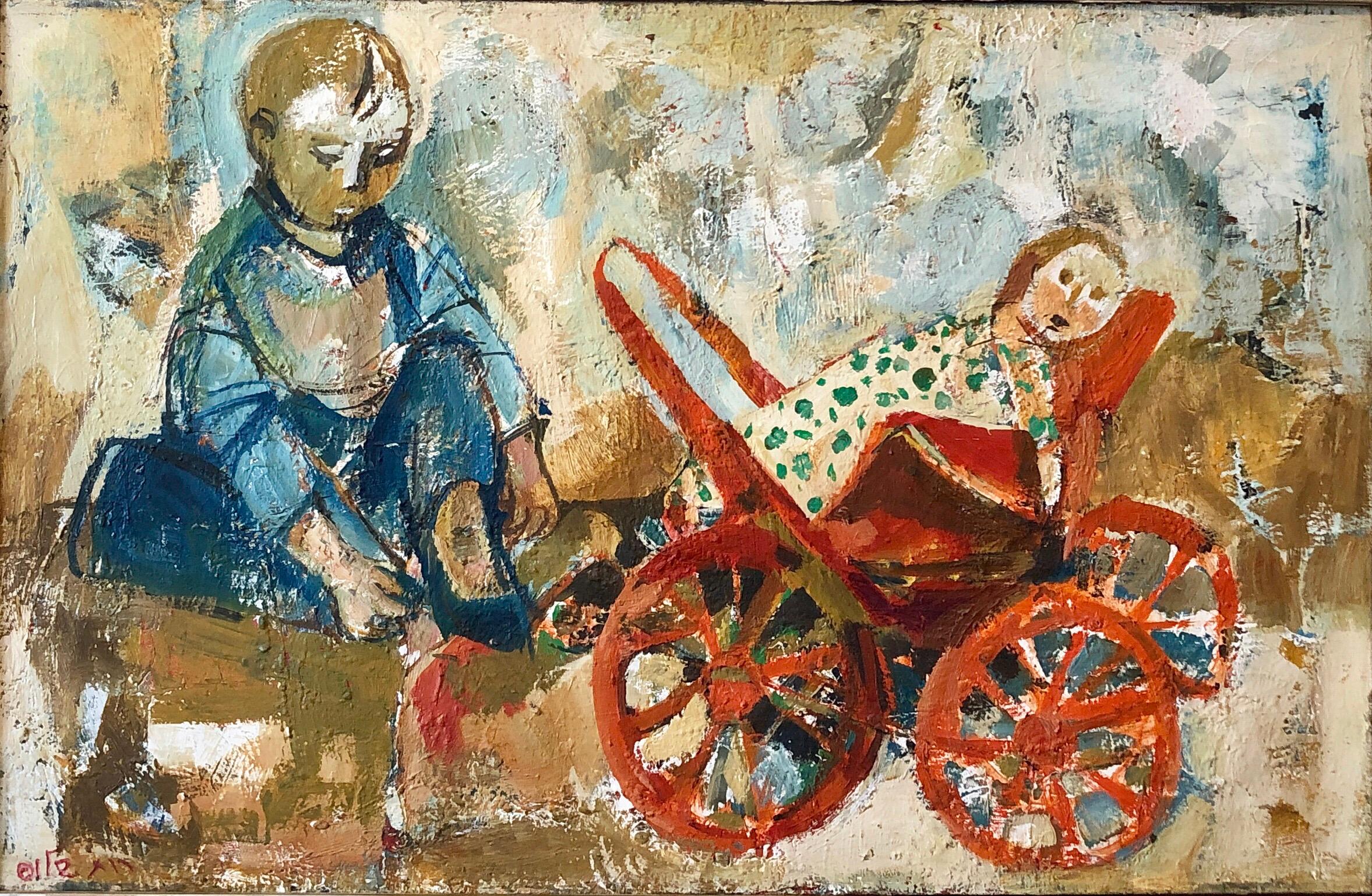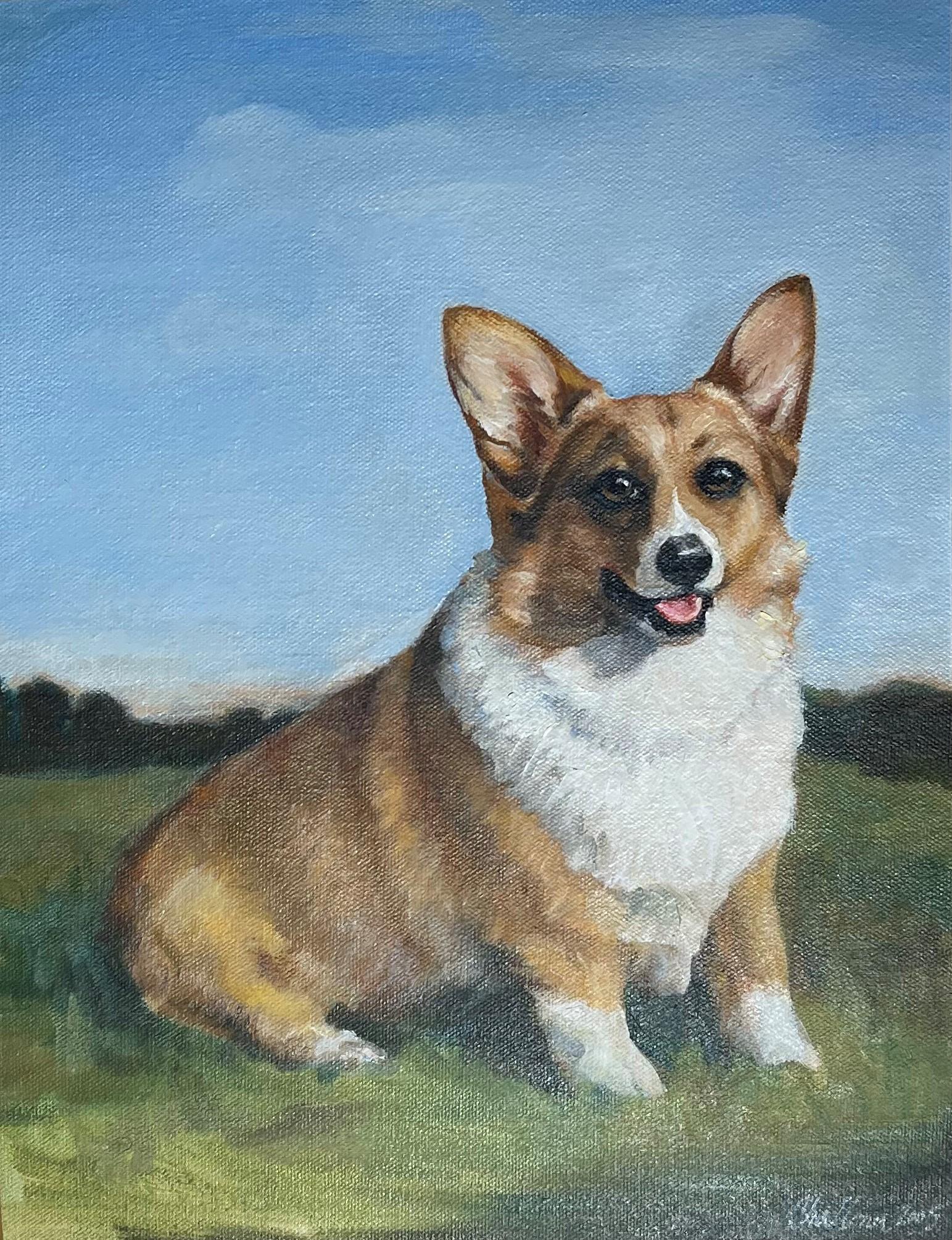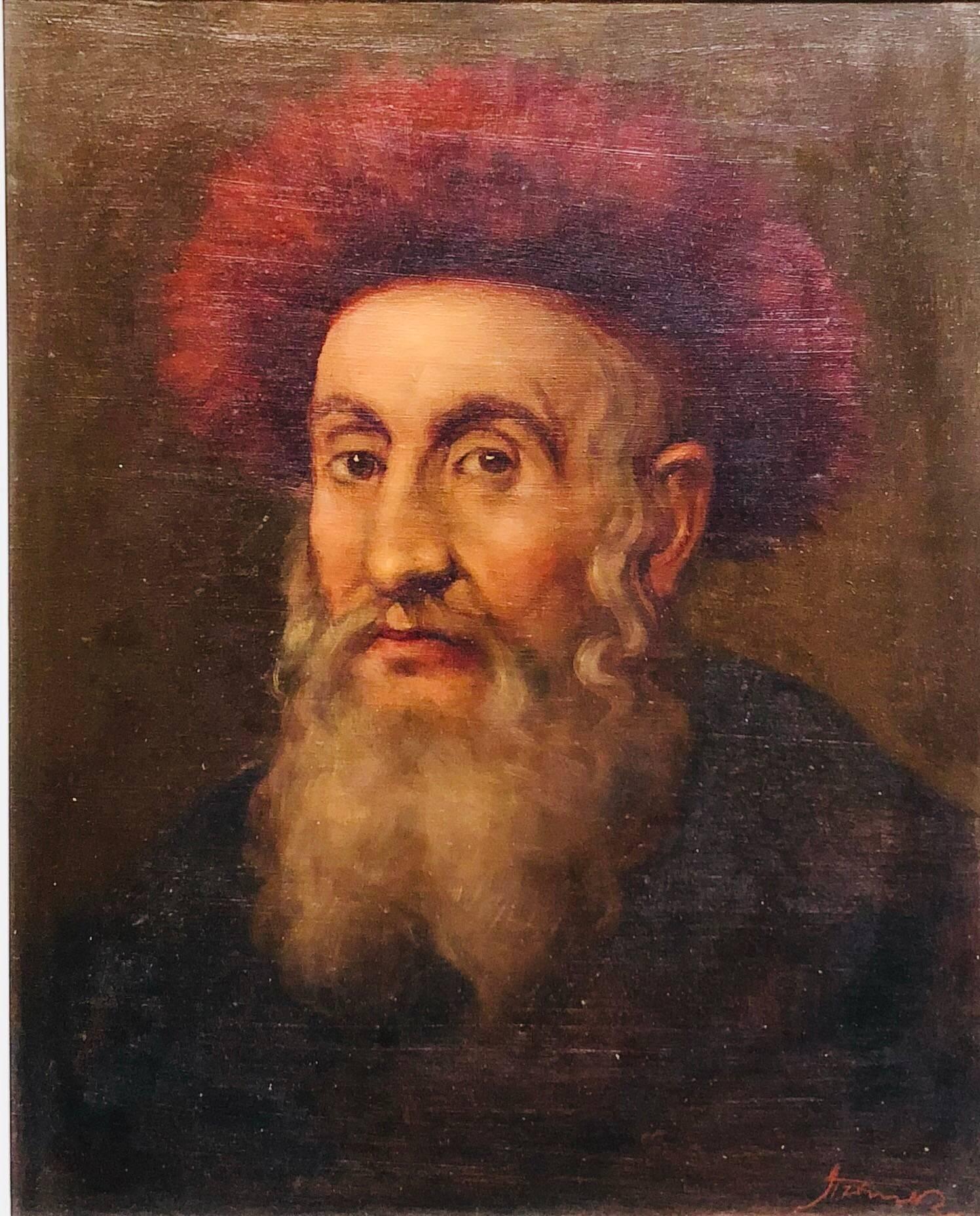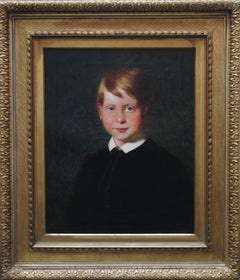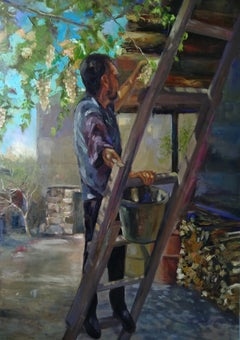
Portrait of Dr Anderson - British Slade School oil painting military uniform WWI
View Similar Items
Want more images or videos?
Request additional images or videos from the seller
1 of 20
Arthur Ambrose McEvoyPortrait of Dr Anderson - British Slade School oil painting military uniform WWIcirca 1914
circa 1914
About the Item
- Creator:Arthur Ambrose McEvoy (1878 - 1927, British)
- Creation Year:circa 1914
- Dimensions:Height: 30 in (76.2 cm)Width: 25 in (63.5 cm)Depth: 2 in (5.08 cm)
- Medium:
- Movement & Style:
- Period:
- Condition:
- Gallery Location:London, GB
- Reference Number:1stDibs: LU85314614702
About the Seller
5.0
Platinum Seller
These expertly vetted sellers are 1stDibs' most experienced sellers and are rated highest by our customers.
1stDibs seller since 2018
397 sales on 1stDibs
More From This SellerView All
- Young Boy - Scottish art 19th Century oil painting male portrait ginger hairLocated in London, GBA fine Scottish portrait oil painting of a sweet young boy with bright blue eyes. This quality portrait dates to circa 1900 and is housed in a fine Watts frame. A beautiful painting....Category
19th Century Realist Portrait Paintings
MaterialsOil
- The Soldier's Farewell - Scottish Victorian art Interior portrait oil paintingBy Robert Gemmell HutchisonLocated in London, GBThis lovely Scottish interior genre oil painting is by noted Scottish artist Robert Gemmell Hutchison. Painted circa 1890 Hutchison painted several versions of this scene of a young ...Category
19th Century Realist Interior Paintings
MaterialsOil
- Portrait of a Lady in a Landscape - British 19thC art oil paintingBy Annie Louisa SwynnertonLocated in London, GBThis stunning British 19th century Pre-Raphaelite portrait oil painting is attributed to famous Manchester born artist and elected associate of the Royal Academy, Annie Louisa Swynne...Category
19th Century Realist Portrait Paintings
MaterialsCanvas, Oil
- Onward Christian Soldiers - British Edwardian 1911 art religious oil paintingBy Frank Owen SalisburyLocated in London, GBThis striking British Edwardian religious oil painting is by noted artist Francis 'Frank' Owen Salisbury or Frank O'Salisbury as he is largely known. Painted in 1911 it is a figurative landscape of soldiers on the battlefield. The two central characters, the 'Christian Soldiers' from the early crusades have halos and ride through the chaos on white horses. Shafts on light with angels illuminate them and also a crucifix. A very powerful Edwardian religious oil painting and an excellent example of O'Salisbury's work. painted in oil and illuminated in gold leaf. Signed and dated with monogram lower right 1911. Provenance. From Castle of Park, Aberdeenshire. A version of this painting was exhibited at the Royal Academy London in 1911 entitled the Passing of War. Condition. Oil on canvas, 36 inches by 24 inches unframed and in good condition. Frame. Housed a complementary frame, 44 inches by 32 inches framed and in good condition. Francis ("Frank") Owen Salisbury (18 December 1874 – 31 August 1962) was an English artist who specialised in portraits, large canvases of historical and ceremonial events, stained glass and book illustration. In his heyday he made a fortune on both sides of the Atlantic and was known as "Britain’s Painter Laureate". His art was steadfastly conservative and he was a vitriolic critic of Modern Art – particularly of his contemporaries Picasso, Chagall and Mondrian. His father, Henry Salisbury, described himself as a "plumber, decorator and ironmonger" (his mother was Susan Hawes), yet his son Frank would become one of the greatest society artists of his generation. One of 11 children, Salisbury was such a delicate child that he was educated at home, in the main by his student teacher sister, Emilie. He had only a few weeks formal schooling and began work by repairing bicycles at his father’s Cycle Depot in Harpenden. Uncertain as to his ability to find and maintain a job, the family determined that he be apprenticed, at the age of 15, to Henry James Salisbury, his eldest brother, who managed a major stained glass company in Alma Road, St Albans. He rapidly acquired all the practical skills of a stained glass artist and exhibited exceptional skills in the painterly detail that was applied to glass before its final firing. This led to his brother sponsoring him to attend Heatherley’s School of Art three days a week to further a career in painting. He then won a scholarship to the Royal Academy Schools which he attended for five years and where he won two silver medals and two scholarships, including the Landseer scholarship which funded his to travel to Italy in 1896. In due course he would have seventy exhibits accepted for the annual Royal Academy Summer Exhibitions, from 1899 until 1943, though he was never offered membership, which reportedly disappointed him very much. In 1901 he married Alice Maude (d. 1951), daughter of C. Colmer Greenwood, with whom he had several children, including twin daughters Monica and Sylvia. His first Royal Academy exhibit was a portrait of Alice and he often painted pictures of their children. It is for portraiture that he is best known. His speed in producing portraits stemmed from his painting his own twin daughters every morning for an hour and his career began with child portraiture and his painting the Hertfordshire gentry and members of the Harpenden Methodist Church. He had a studio at his home, Sarum Chase. A providential meeting with Lord Wakefield, founder of Castrol Oils and a Methodist philanthropist, saw his introduction to society portraiture. Salisbury’s being selected to paint the Boy Cornwell in the Battle of Jutland then brought him to the notice of Royalty. Lord Wakefield then arranged for him to paint President Woodrow Wilson whilst he was in London, but Wilson departed for Paris and the opportunity was lost. It was to be John W. Davis, American Ambassador to London, who encouraged Salisbury to go to the USA; Davis had met Salisbury at art receptions and had admired his child portraits. Twenty-five members of the Royal House of Windsor sat for Salisbury and he was the first artist to paint HM Queen Elizabeth II. In 1919 he painted a mural for the Royal Exchange, London National Peace Thanksgiving Service on the steps of St Paul’s Cathedral, 6th July 1919. He painted Winston Churchill on more occasions than any other artist; the two iconic images of Churchill – The Siren Suit and Blood, Sweat and Tears are both Salisbury images. Mayoral regalia was a ready made requisite for the Salisbury style with Councillor Sam Ryder (of Ryder Cup fame) as Mayor of St Albans being the most famous of his civic images. Other significant portraits include those of Richard Burton, Andrew Carnegie (posthumous), Sir Alan Cobham, Sir Robert Ludwig Mond, Maria Montessori...Category
1910s Realist Figurative Paintings
MaterialsOil
- Race Horse Phoenix with Guilermo Kemmis - British 19th century art oil paintingLocated in London, GBThis superb British 19th century equine oil painting is by noted horse lover, George Gascoyne. Painted in 1889, this French born chestnut horse is Phoenix. While he was essentially a...Category
1880s Realist Animal Paintings
MaterialsOil
- Man Reading Newspaper - Orientalist art 19th century portrait oil paintingLocated in London, GBThis striking large Orientalist oil portrait painting is by a talented Turkish School artist from the late 19th century. The portrait is extremely well painted, dating to circa 1890 ...Category
19th Century Realist Portrait Paintings
MaterialsOil
$5,573 Sale Price20% Off
You May Also Like
- Armenian Contemporary Art by Kamsar Ohanyan - Warm Day on SeptemberBy Kamsar OhanyanLocated in Paris, IDFOil on canvasCategory
2010s Realist Portrait Paintings
MaterialsCanvas, Oil
- Armenian Contemporary Art by Kamsar Ohanyan - LucyBy Kamsar OhanyanLocated in Paris, IDFOil on canvasCategory
2010s Realist Portrait Paintings
MaterialsHandmade Paper, Oil
- Ewa - XXI Century, Contemporary Figurative Oil Painting, Realism, PortraitBy Janusz SzpytLocated in Warsaw, PLJanusz Szpyt was born in 1960, he is a Polish painter. He graduated from the Graphic design faculty and painting from the Academy of Fine Arts in Krakow. 1983 onward, he became the m...Category
2010s Realist Portrait Paintings
MaterialsCanvas, Oil
- [Bruce Sargeant (1898-1938)] Man from BelowBy Mark BeardLocated in New York, NYOil on canvas Signed in red, u.l. 10 x 8 inches, canvas size 12.75 x 10.75 inches in black painted wood frame This artwork is offered by ClampArt, located in New York City. “Bruce...Category
21st Century and Contemporary Realist Portrait Paintings
MaterialsCanvas, Oil
- WOMAN #18 - Contemporary Realism / Female Portrait / Jeweled HeaddressBy Jacob HicksLocated in New York, NYJacob Hicks uses oil painting to reinterpret art historical portraiture and evaluate personhood, objectification, and iconography. Originally from Texas, Hicks’ paints detailed figur...Category
2010s Realist Portrait Paintings
MaterialsOil, Panel
- "Stardust" Oil PaintingLocated in Denver, COSara Scribner's (US based) "Stardust" is an oil painting that depicts a realistic portrait of a feminine form in profile wearing blue in a blue interior ...Category
2010s Realist Portrait Paintings
MaterialsPanel, Oil
Recently Viewed
View AllMore Ways To Browse
British Military Portrait Painting
18 Whistle
Royal Grafton
English Portrait Naval
British Naval Portrait
Arthur Edwards
Scottish Sailors
Ambrose Mcevoy
Antique 17th Portraits
18th Century Oil Portrait Lady
17th Century Dutch Portrait Oil Paintings
Painted Portrait Of A Lady 18th Century
King Francis
17th C Portrait Paintings
Impressionist Oil Portrait Lady
Marc Jacobs Canvas
Framed Shawl
Vintage Portrait Painting Woman
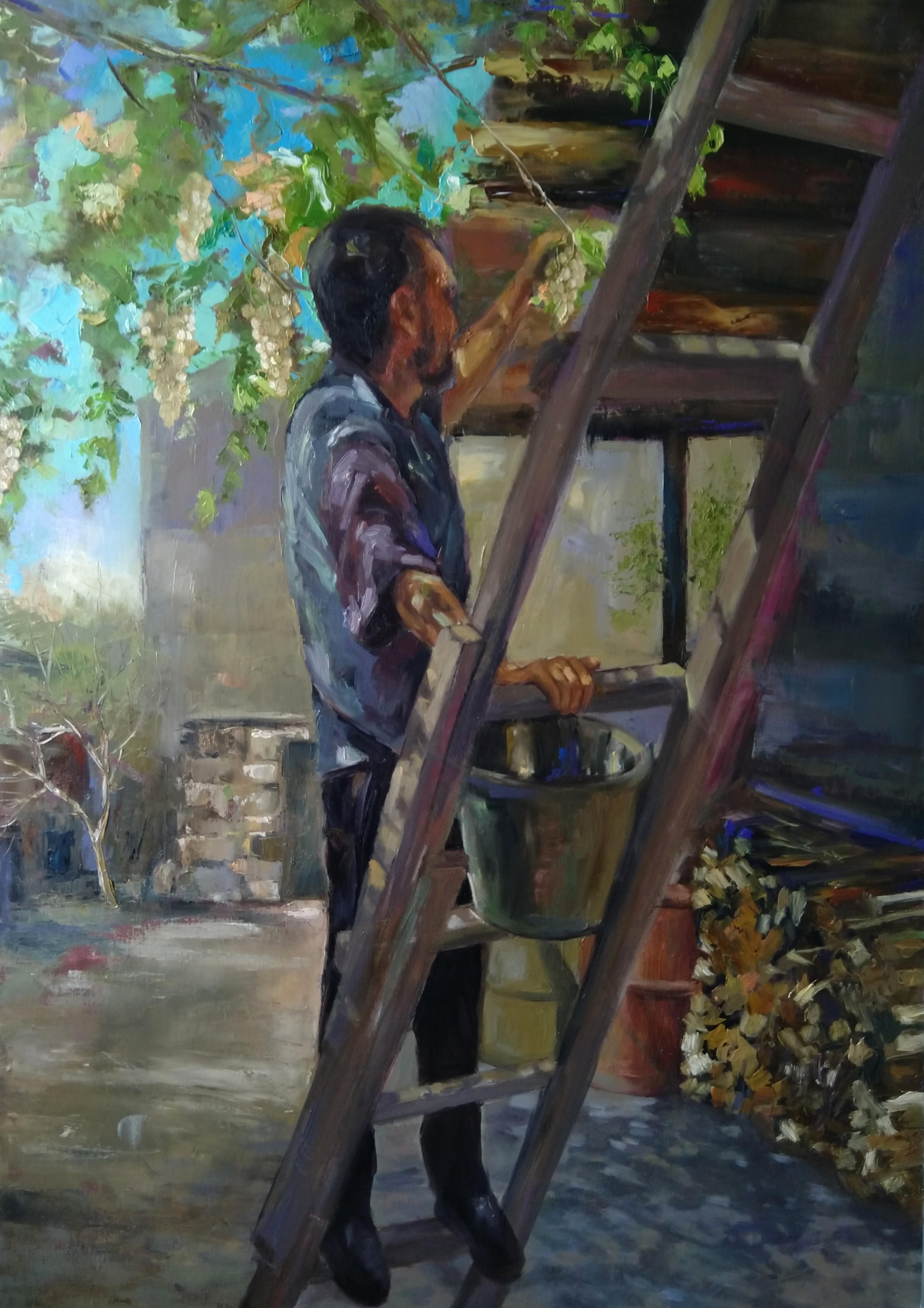
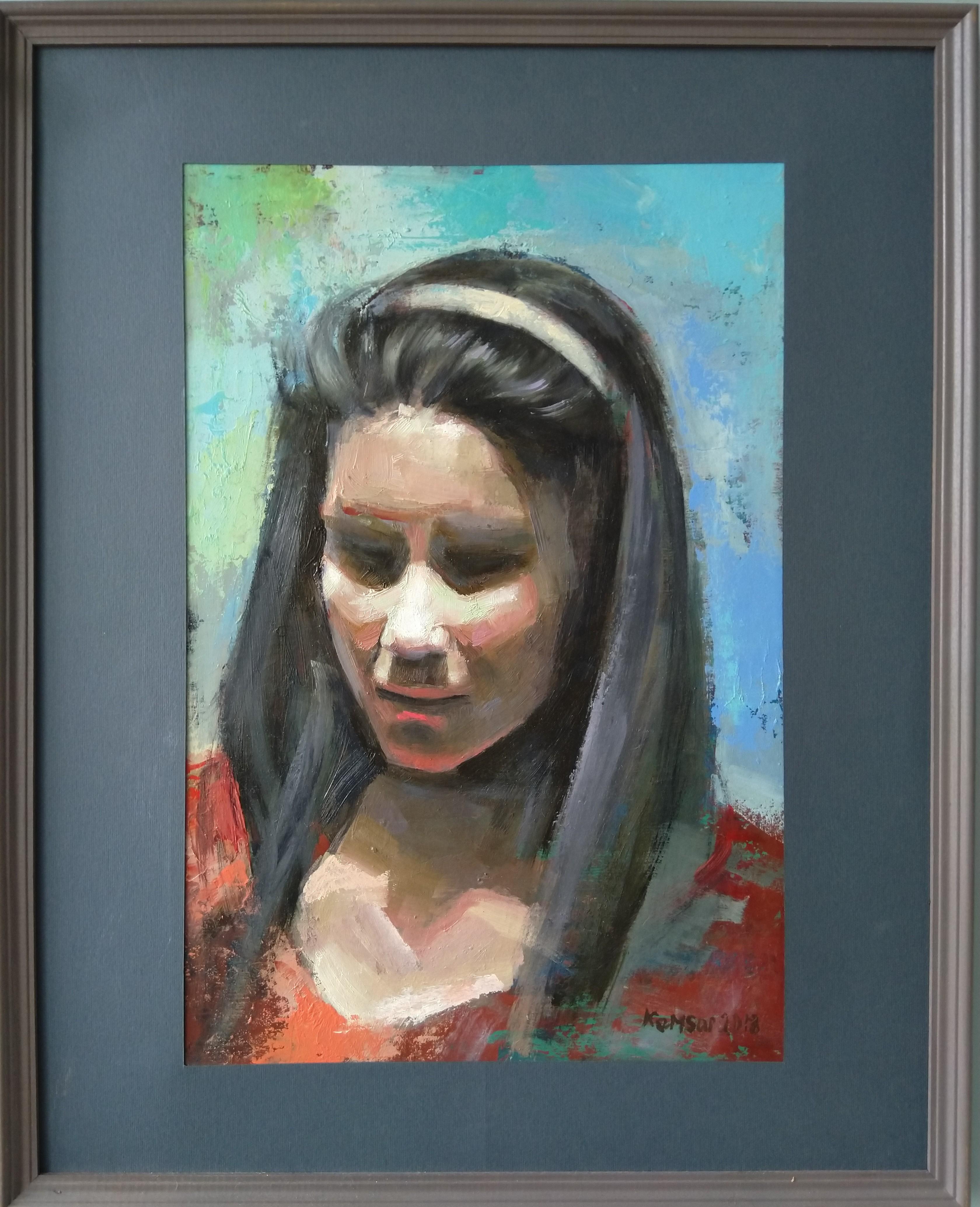
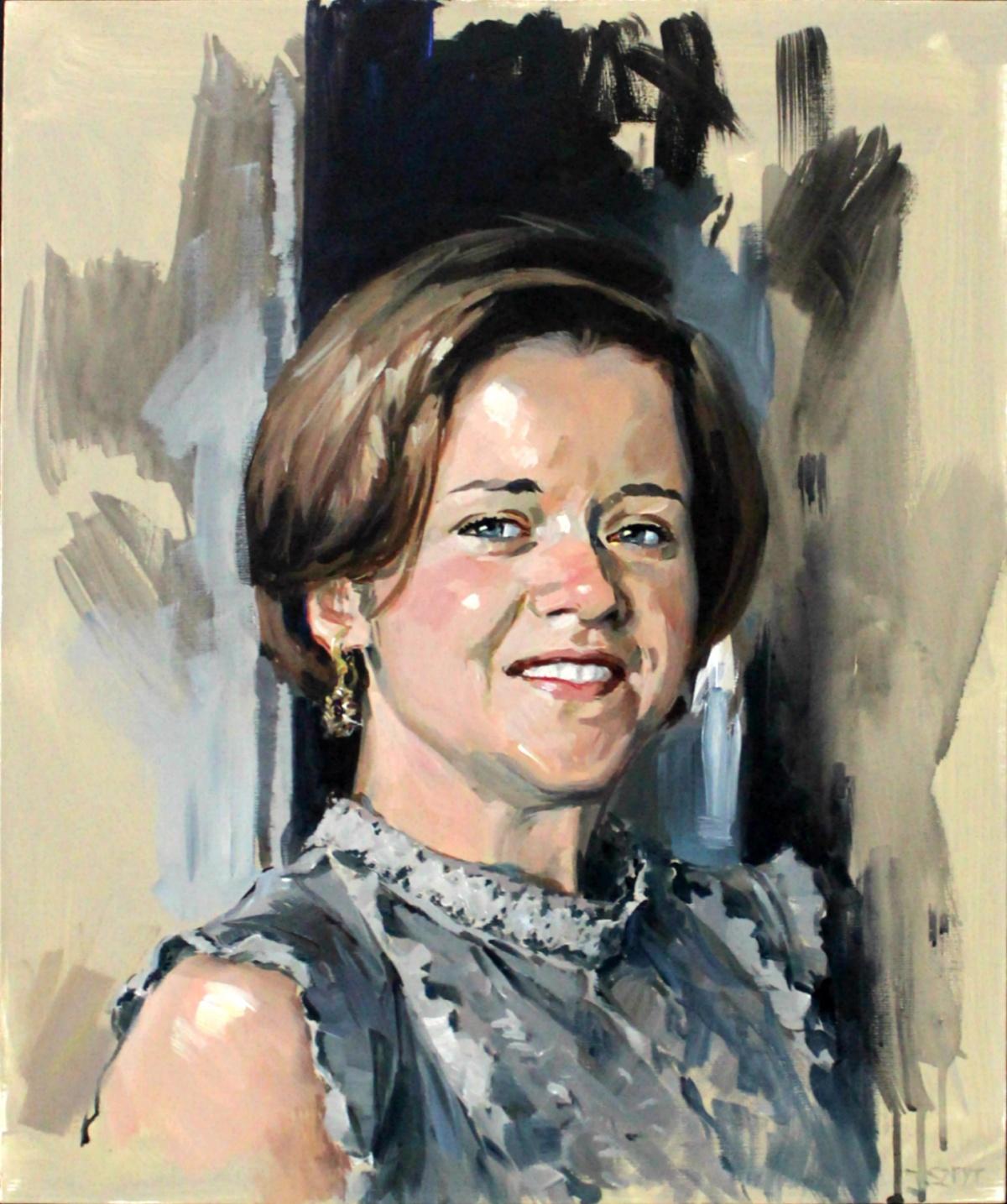
![[Bruce Sargeant (1898-1938)] Man from Below](https://a.1stdibscdn.com/mark-beard-paintings-bruce-sargeant-1898-1938-man-from-below-for-sale/a_9323/a_28835811527269100919/Sargeant_Man_From_Below_980_master.jpg)
